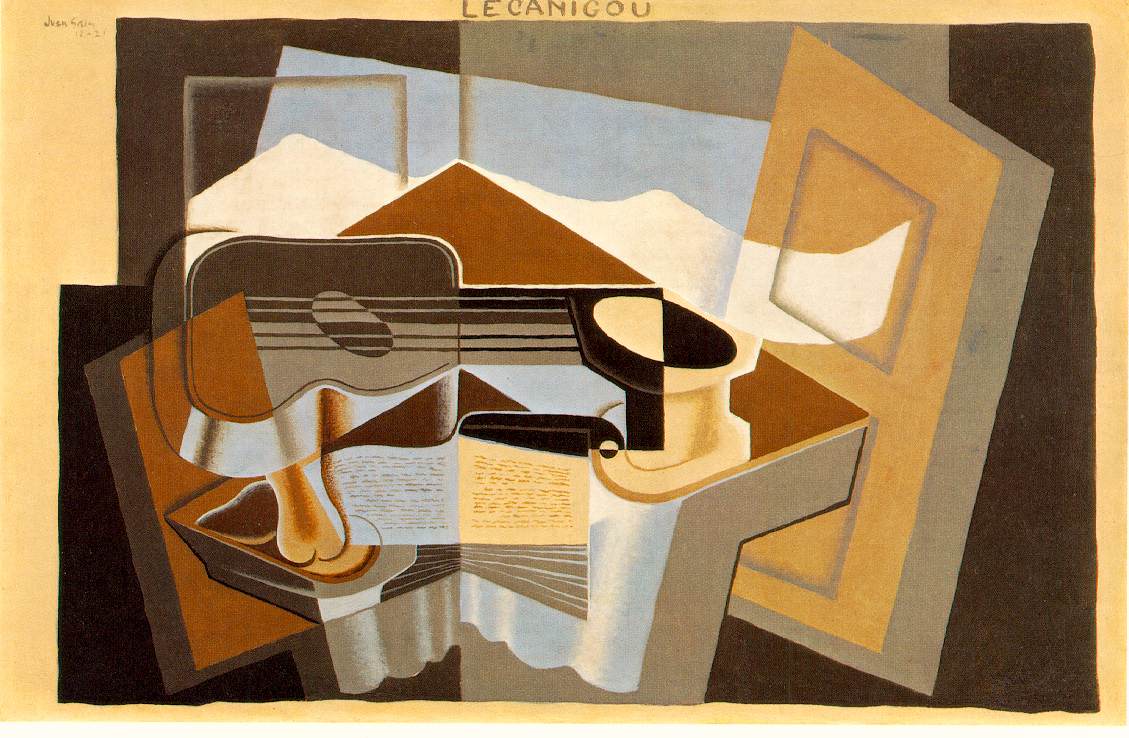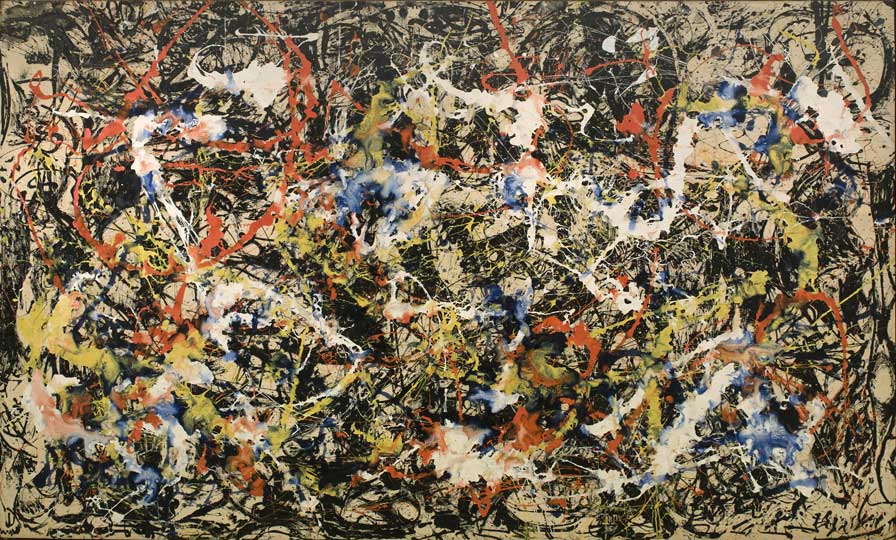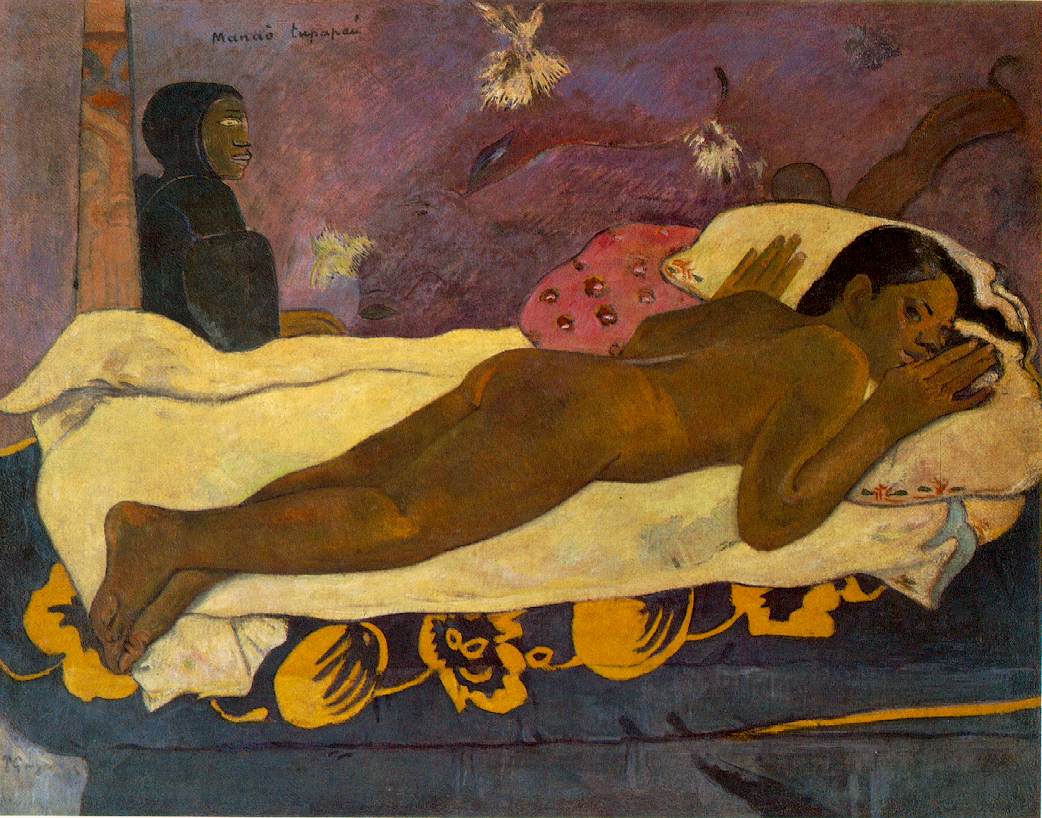https://www.blogger.com/blogger.g?blogID=1298105948318129063#editor/target=post;postID=7859803624180179044;onPublishedMenu=allposts;onClosedMenu=allposts;postNum=0;src=linkCrystal Bridges Museum of American announces the opening of Van Gogh to Rothko: Masterworks from the Albright-Knox Art Gallery, on view February 21 through June 1, 2015. The exhibition brings together 76 artworks by 73 influential artists from the late 19th century to the present, including Vincent van Gogh, Joán Miró, Jackson Pollock, Andy Warhol, and Mark Rothko. The works were selected from the collection of the Albright-Knox Art Gallery in Buffalo, New York, one of the finest collections of 20th century art in the country. General admission to the temporary exhibition is $10 and free to Members and youth under 18 years old.
This exhibition of renowned artworks—including paintings by Paul Gauguin, Vincent van Gogh, Salvador Dalí, Frida Kahlo, Jackson Pollock, Mark Rothko, and Andy Warhol—opened in March 2014 at the Denver Art Museum to overwhelming critical acclaim. It traveled to the San Diego Museum of Art (October 4, 2014–January 27, 2015), Crystal Bridges Museum of American Art (February 19–June 1, 2015), and the Milwaukee Art Museum (June 26–September 14, 2015).
This exhibition of renowned artworks—including paintings by Paul Gauguin, Vincent van Gogh, Salvador Dalí, Frida Kahlo, Jackson Pollock, Mark Rothko, and Andy Warhol—opened in March 2014 at the Denver Art Museum to overwhelming critical acclaim. It traveled to the San Diego Museum of Art (October 4, 2014–January 27, 2015), Crystal Bridges Museum of American Art (February 19–June 1, 2015), and the Milwaukee Art Museum (June 26–September 14, 2015).
Van Gogh to Rothko explores the development of major art movements that shaped the course of modern art and marks the first time many of these works have toured in decades. The works have been arranged in chronological order by art movements, allowing visitors to follow the development of styles as they move through the gallery.
Beginning with Post-Impressionism,
Vincent van Gogh’s painting La Maison de la Crau, 1888,
shows that artists were less concerned with naturalistic representation. Instead, they conveyed personal and emotional responses to subjects.
Vincent van Gogh’s painting La Maison de la Crau, 1888,
shows that artists were less concerned with naturalistic representation. Instead, they conveyed personal and emotional responses to subjects.
The exhibition then moves to Cubism withthree-dimensional objects depicted on two dimensional surfaces, breaking objects up into basic geometric shapes, or creating images in a collage-style, as seen with
Juan Gris, Le Canigou, 1921.
Juan Gris, Le Canigou, 1921.
Van Gogh to Rothko also features Surrealism, which sought to unlock the unconscious mind and called upon Freudian methods of free association, seen with Joan Miro’s Carnaval d’Arlequin, 1924-25.
The most significant representation in the exhibition is approximately 20 mid-century American artists, many whom identified as Abstract Expressionists, including Rothko, Willem de Kooning, Grace Hartigan, Robert Motherwell, and Jackson Pollock.
“Abstract Expressionism signals a radical new direction, and begins to shift the focus of the art world to American art.
Jackson Pollock’s Convergence (1952),
is the centerpiece of the exhibition as an 8 x 13 foot example of his revolutionary drip paintings,” says Crystal Bridges Curator Manuela Well-Off-Man, who curated the exhibition’s installation at Crystal Bridges.
Jackson Pollock’s Convergence (1952),
is the centerpiece of the exhibition as an 8 x 13 foot example of his revolutionary drip paintings,” says Crystal Bridges Curator Manuela Well-Off-Man, who curated the exhibition’s installation at Crystal Bridges.
From the Abstract Expressionists, the exhibition moves to Pop Art. Born from postwar-America’s economic boom, the movement embraced the visual language of mass culture and consumerism seen in
Andy Warhol’s 100 Cans, 1962,
leading to Op Art with artists such as
Bridget Riley and her painting Sequel, 1975,
using optical effects often based on geometric abstraction to create illusions.
Also in The Exhibition:
Roy Lichtenstein (American, 1923–1997). Head—Red and Yellow, 1962. Oil on canvas, 48 x 48 inches (121.9 x 121.9 cm). Collection Albright-Knox Art Gallery, Gift of Seymour H. Knox, Jr., 1962. © Estate of Roy Lichtenstein
Paul Gauguin (French, 1848–1903). Spirit of the Dead Watching, 1892. Oil on burlap mounted on canvas; 28-3/4 x 36-3/8 in. Collection Albright-Knox Art Gallery, Buffalo, NY. A. Conger Goodyear Collection, 1965. Photograph by Tom Loonan.1965.001
Frida Kahlo (Mexican, 1907-1954), Self Portrait with Monkey, 1938. Oil on Masonite; 16 x 12 in. Collection of Albright-Knox Art Gallery, Buffalo, NY. Bequest of A. Conger Goodyear, 1966. © 2014 Banco de México Diego Rivera & Frida Kahlo Museums Trust, Mexico, D.F./Artists Rights Society (ARS), New York. 1966.009.010
Andy Warhol’s 100 Cans, 1962,
leading to Op Art with artists such as
Bridget Riley and her painting Sequel, 1975,
using optical effects often based on geometric abstraction to create illusions.
Also in The Exhibition:
Roy Lichtenstein (American, 1923–1997). Head—Red and Yellow, 1962. Oil on canvas, 48 x 48 inches (121.9 x 121.9 cm). Collection Albright-Knox Art Gallery, Gift of Seymour H. Knox, Jr., 1962. © Estate of Roy Lichtenstein
Paul Gauguin (French, 1848–1903). Spirit of the Dead Watching, 1892. Oil on burlap mounted on canvas; 28-3/4 x 36-3/8 in. Collection Albright-Knox Art Gallery, Buffalo, NY. A. Conger Goodyear Collection, 1965. Photograph by Tom Loonan.1965.001
Frida Kahlo (Mexican, 1907-1954), Self Portrait with Monkey, 1938. Oil on Masonite; 16 x 12 in. Collection of Albright-Knox Art Gallery, Buffalo, NY. Bequest of A. Conger Goodyear, 1966. © 2014 Banco de México Diego Rivera & Frida Kahlo Museums Trust, Mexico, D.F./Artists Rights Society (ARS), New York. 1966.009.010







